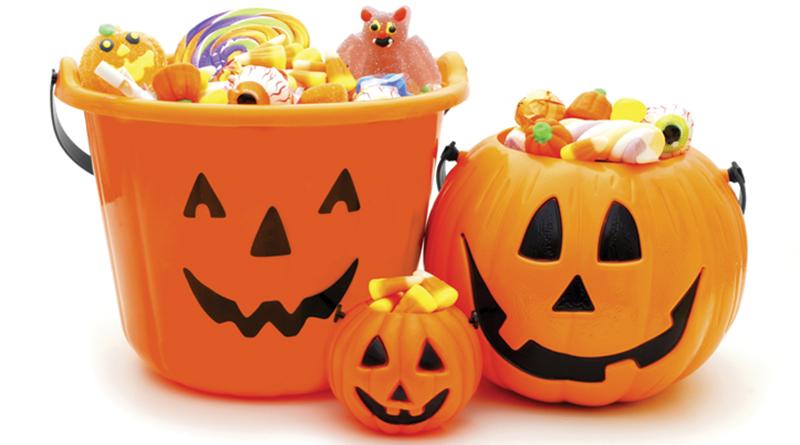Halloween is a favorite day for many children and even a number of adults. Halloween offers revelers the opportunity to dress up in costume, play tricks on unsuspecting individuals and cap off the day with treasure troves of candy.
Approximately 600 million pounds of Halloween candy is sold each year in the United States. Around 90 million pounds of that is chocolate. The National Retail Foundation notes that more than two billion dollars is spent on candy come Halloween. But most of that candy will never be eaten. Many households take in more candy than they know what to do with on Halloween. Couple that with any leftover candy that may not have been grabbed by trick-or-treaters, and that’s quite a bounty of lollipops, chocolate bars, candy corn, and taffy to manage.
Rather than relegate candy to the trash can, proper storage and some other tips can preserve treats long after Halloween has come and gone.
1. Go nutty first. Nuts and oils will not last as long as some other candy ingredients. Consume candy that is full of nuts first. You can try freezing candy containing nuts, but there is no guarantee the texture will remain the same upon thawing.
2. Keep an eye on chocolate. Chocolate needs to be kept under cool conditions to prolong its shelf life. The National Confectioners Association says dark chocolate can be kept for one to two years if wrapped in foil and stored in a cool, dark and dry place, such as a pantry. Milk and white chocolate have a more limited storage time of no more than eight to 10 months. Hershey’s does not recommend putting chocolate in the refrigerator, as doing so can affect texture.
3. Candy corn can endure. This symbol of the season is a durable treat. If left in the original, unopened packaging, candy corn can last a few years. The manufacturer of Smarties says that its candy can last up to three years if unopened. The cooler and drier the conditions for storing the candies, the better.
4. Keep original packaging. The wrappers used to house the candy were designed to keep it fresh. Candy that has been exposed to the elements will degrade faster. When original packaging is unavailable, glass or plastic containers with airtight lids can keep Halloween candy fresher, longer.
5. Manage moisture. Candies like mints, caramels and hard candies can absorb moisture. They should not be mixed with other candies that can lose moisture, such as fudge and creamy confections. The NCA notes that hard candies can stay hard if sprinkled with finely ground sugar and stored in airtight containers.
6. Use candy in other ways. If eating chocolate bar after chocolate bar becomes tiresome, repurpose candy in different recipes. Chocolate can replace chips or morsels in cookies. Use hard candies to garnish cakes. Melt down caramels to use for ice cream toppings or chop up nutty candies to make your own sundae toppings.


